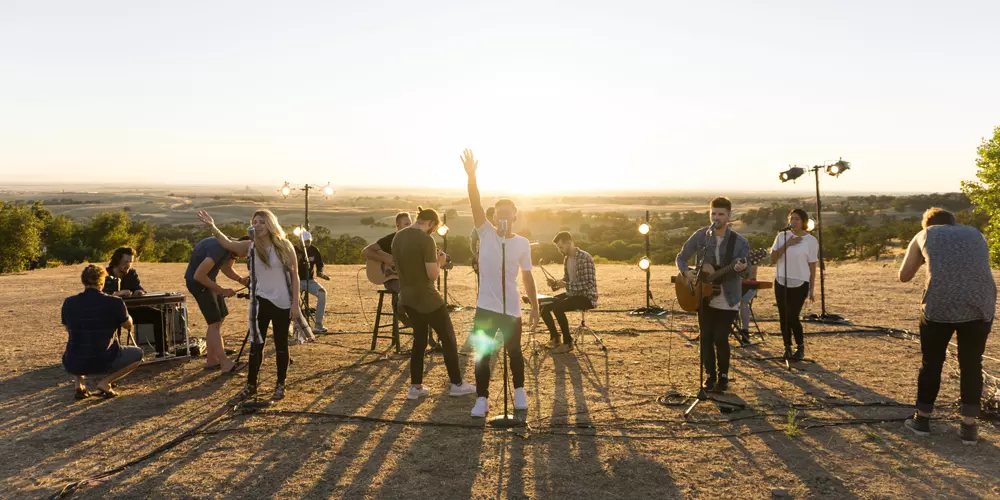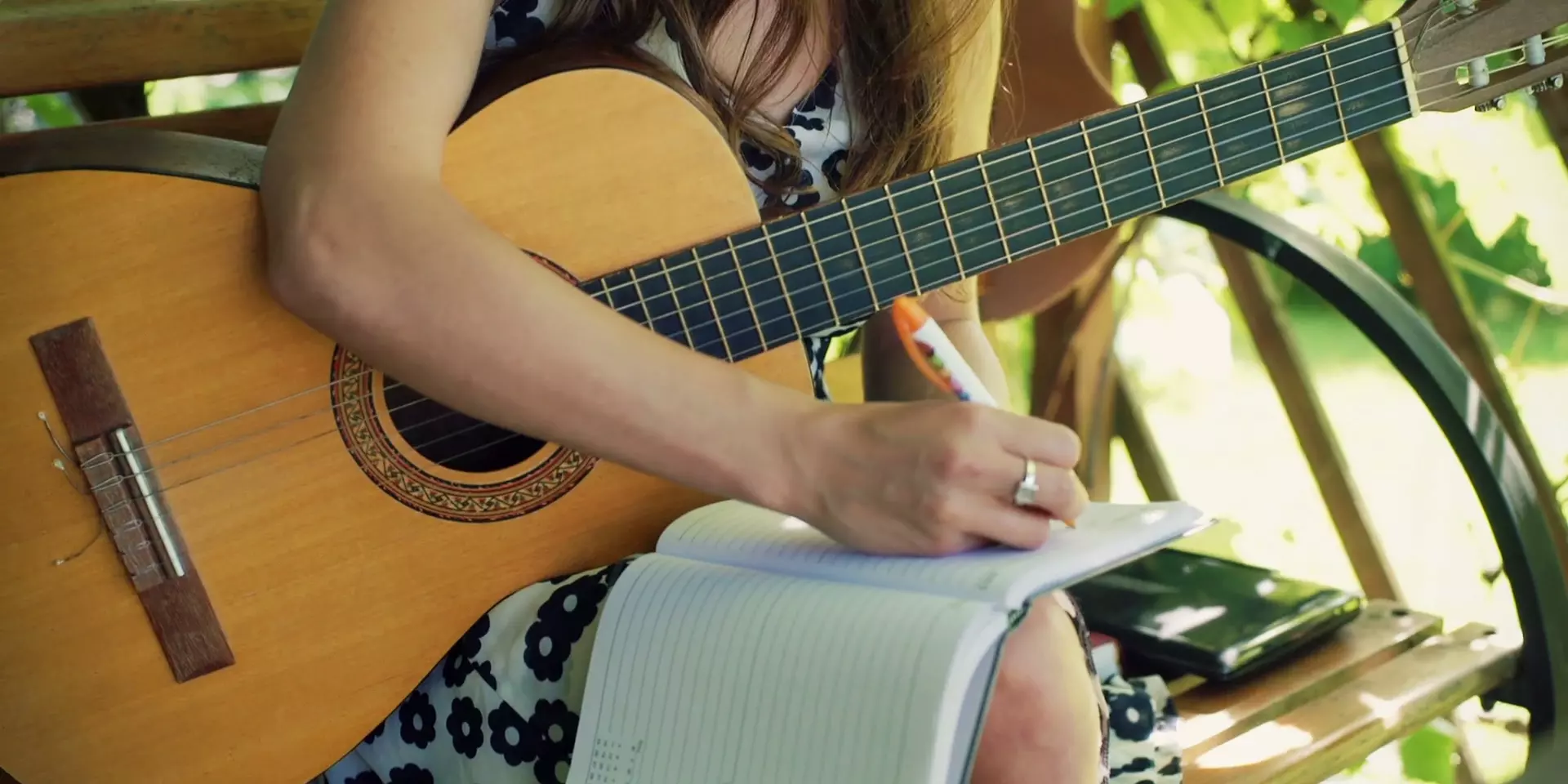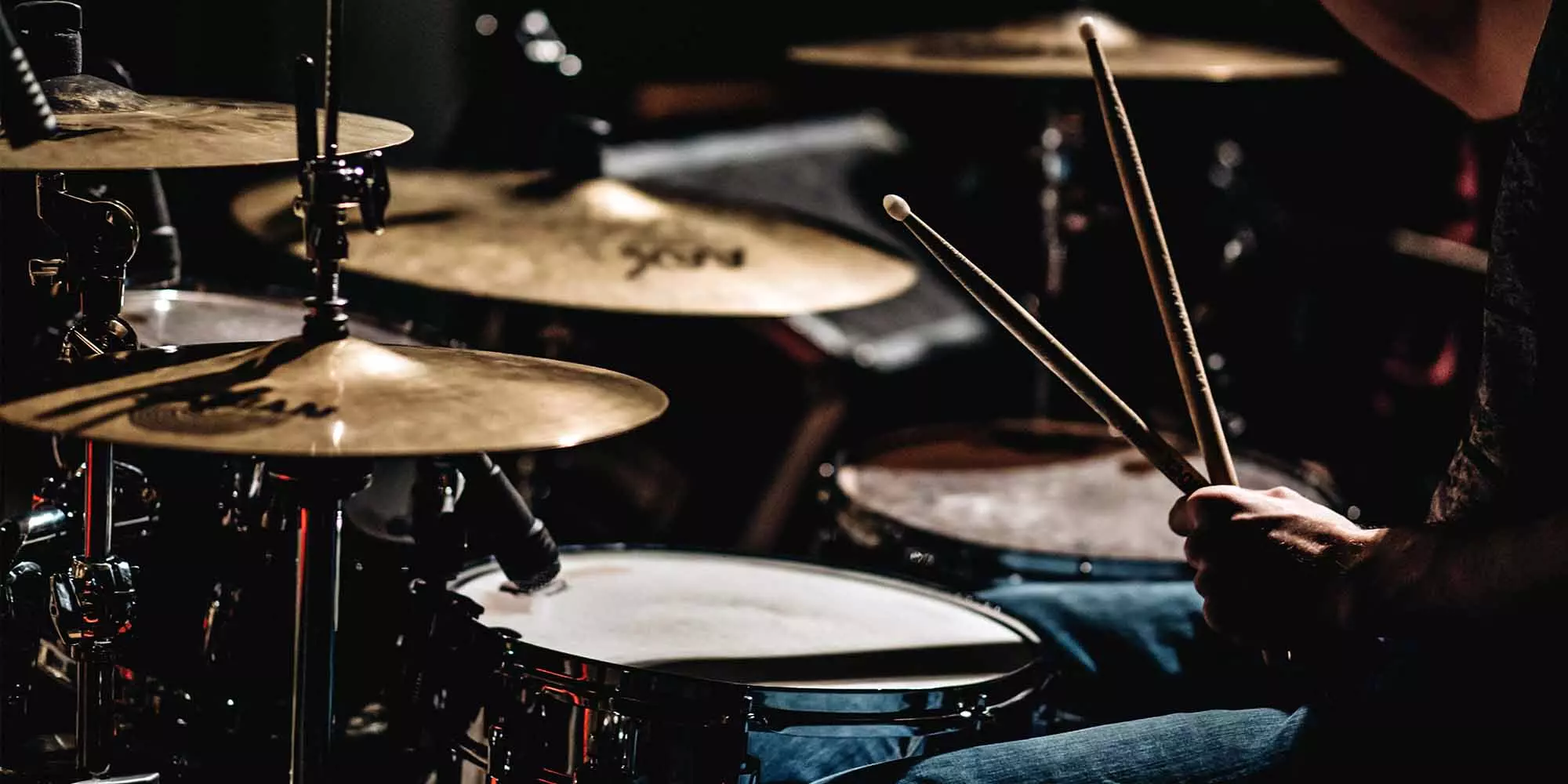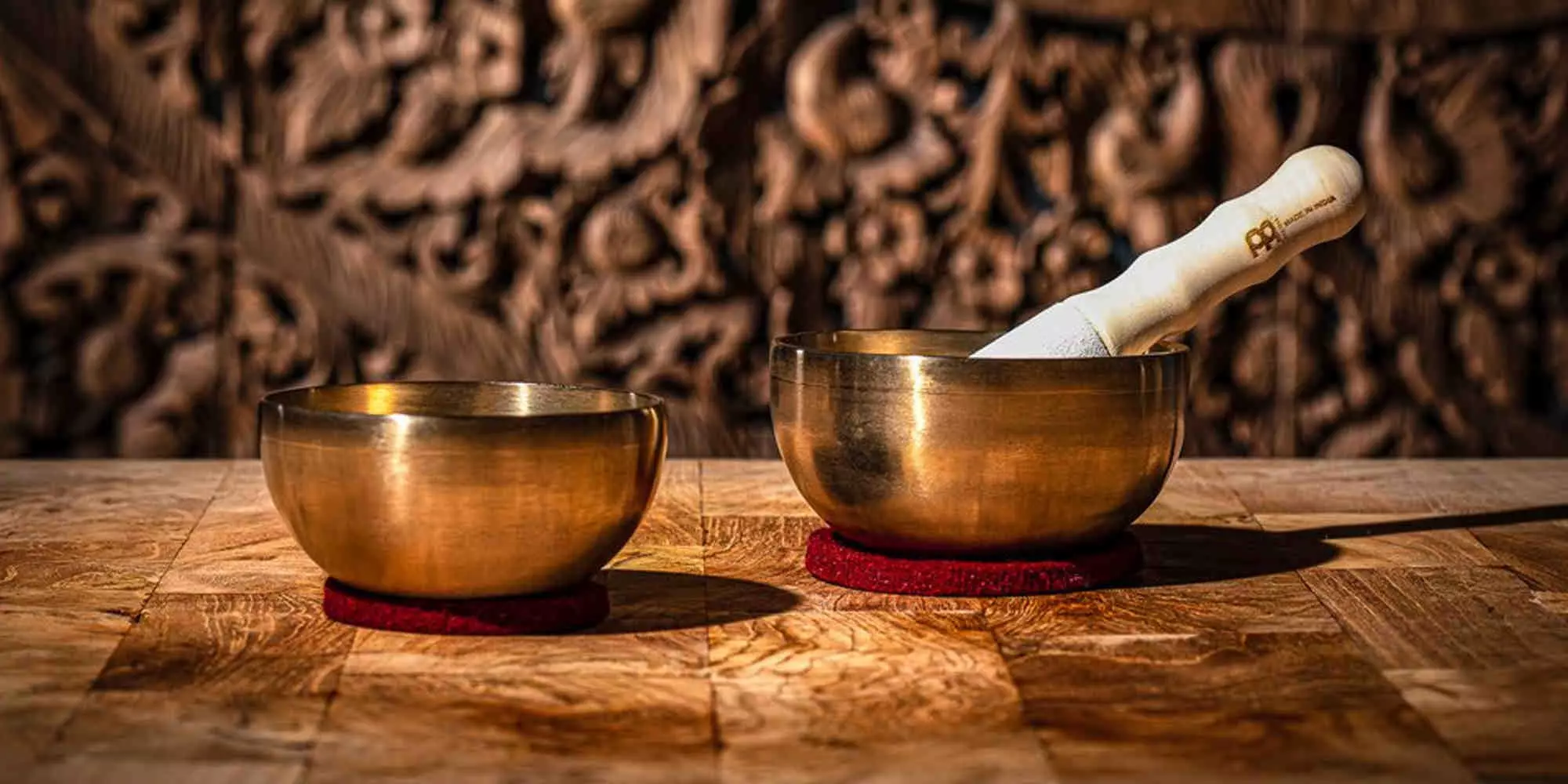The Unique Sounds of George Harrison
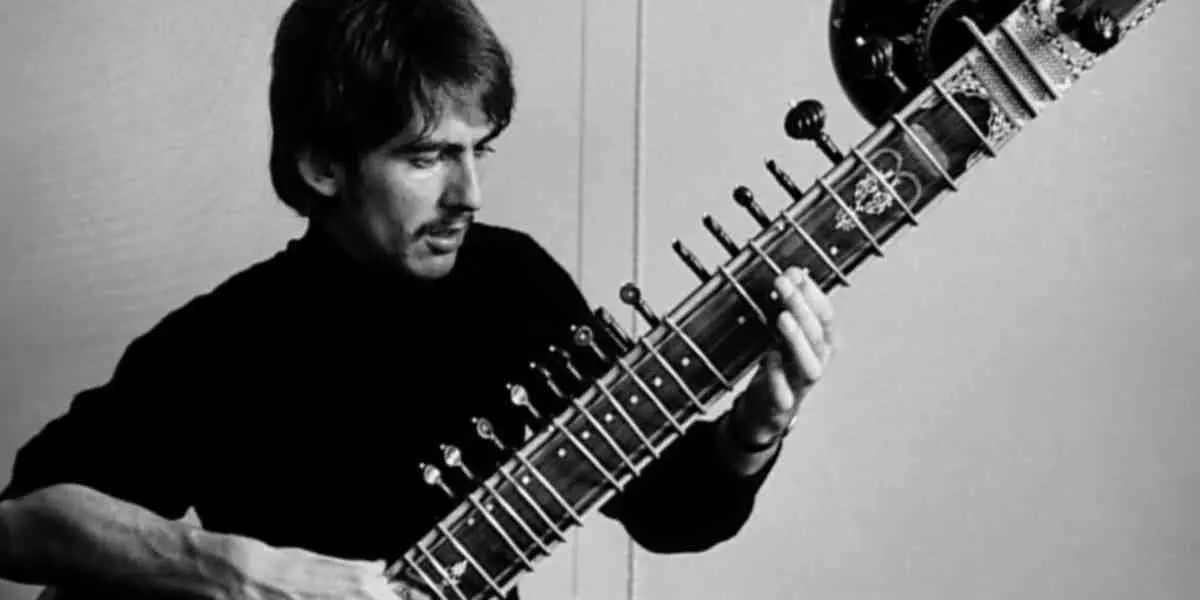
George Harrison is known for many things. You probably know him from a little Liverpool band called “The Beatles.” They had a few hits about 60 years ago.
George Harrison made a name for himself after the band called it quits. He was the first of the group to put out a solo album.
Unique Instruments George Harrison Brought to the Beatles
George Harrison famously brought a unique sound to the band after studying with Ravi Shankar in India, training in eastern music, and learning to play the sitar. He added the sitar to tracks such as Norwegian Wood (This Bird Has Flown) (1965) and many tracks on the psychedelic rock album Revolver (1966).
Harrison was also responsible for introducing the Beatles to electronic synthesizers when they became commercially available in 1969. He brought the Moog into Apple Studios, where the band used it on multiple tracks on the album Abbey Road (1969).
George was known for bringing many unique instruments to the band and his solo career. This article focuses on these interesting sound-changing instruments and shows how to incorporate that special sound into your creations.
Let’s start with the simplest and least expensive option for adding that Harrison sound.
The Ukulele
George Harrison was a Ukulele peddler. He would appear at a friend's houses and open his trunk, unloading his collection of these tiny four-string instruments. He would give them to his friends so they could jam together. He loved the instrument for its portability and sweet sound.
You can find a ukulele on several Harrison tracks, including “Between The Devil And The Deep Blue Sea” (Brainwashed, 2002).
Long and McQuade offers many low-cost entry-level ukuleles and even hosts events multiple times a year focused on the Hawaiian native instrument. “Ukulele Day,” held every February 2nd, is a great time to grab a deal on ukuleles and lessons, celebrating the love for ukuleles!
Moog Synthesisers
What made The Beatles more than just a hit band was their innovation in music. Every Beatle brought their unique traits to the table. Harrison got the 95th synthesizer ever sold by the Mood company and only the third to arrive in Britain. At the time, it cost around $8000 (equivalent to $75,000 today).
Harrison released an electronic album titled “Electric Sound” in 1969 under the short-lived label “Zapple.” While the album was unsuccessful, even bashed by critics, it began an exciting new sound for The Beatles.
Harrison’s Moog synth can be heard prominently in many tunes, layering sounds and adding dimension to the beautiful music.
He added synth to “Here Comes The Sun” (now the Beatles' most-streamed song), overlapping the synth on top of the track with woodwinds. He added synth to “I Want You (She’s So Heavy)” and many others from Abbey Road.
Luckily, a synthesizer won’t cost you $75,000 today. You can now purchase plugins with libraries of virtual instruments for only a few hundred dollars, or simple sound libraries found on free programs like GarageBand. If you want something you can put your hands on and control like the old days, Moog still sells analog synths.
Sitar
George’s interest in classical Indian music started shortly after he met Bob Dylan. Harrison began studying the sitar under Ravi Shankar, which became a staple in The Beatles' music following that. This revolutionized the popular music of the late 1960s. The sitar was used heavily on Revolver (1966) and Sgt. Pepper's Lonely Hearts Club Band (1967).
Ravi Shankar asked Harrison to put on a benefit concert. The event aimed to raise money to aid starving refugees during the Bangladesh Liberation War. Before the Western portion of the concerts, there was a traditional Indian string portion of the show, bringing the music to the ears of many in the Western world.
There are a few ways to bring this psychedelic sound to one's music in the modern world. One option is to use a Danelectro electric sitar, or a more affordable and travel-friendly option is the Electro-Harmonix Ravish Sitar pedal. This pedal lets you get a sound similar to the sitar from your 6-string electric guitar.
Experiment With Unique Sounds In Your Music
Finding your sound can feel like an overwhelming task; modern technology's infinite choices can be both a blessing and a curse. Hopefully, some of these will tickle your creative bone and get you in the studio to make music you never dreamed you could create. Leaving you encouraged to experiment and use instruments and sounds you haven't tried before. You never know, you may start a revolution.


